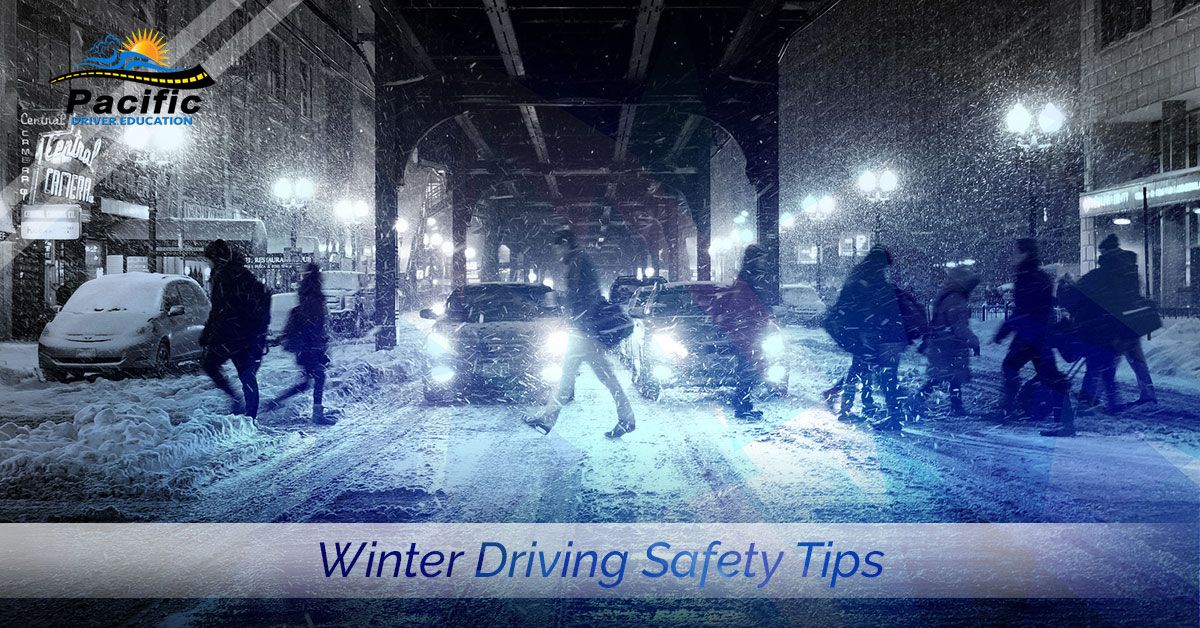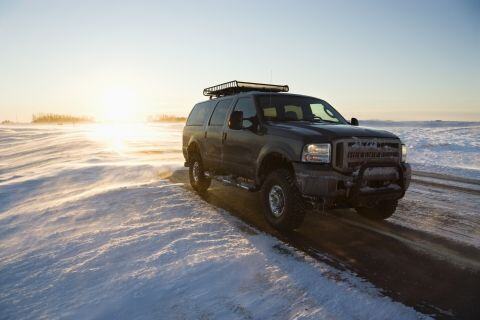The weather in Portland and Gresham County doesn’t get too extreme in the winter, but for the couple days when it does snow, the roads can be treacherous for inexperienced drivers. For teenagers or young adults who haven’t been driving for very long, or who are completely new to driving, wet or icy roads are not only hard to drive on, but can also increase the risk of an accident.
At Pacific Driver Education, our drivers ed classes are geared toward helping teenagers and adults learn how to drive, learn the rules of the road, and teaching them to feel confident behind the wheel. Our DMV-certified instructors strive to teach sessions that will give students real-world experience and knowledge so that when the weather does get messy and dangerous, they can still drive safely.
Ideally, if the weather is bad enough, you will stay where you are. However, if you must drive and are still new to driving, or have never driven in inclement weather, here are some tips to ensure that you and other drivers on the road are safe.




